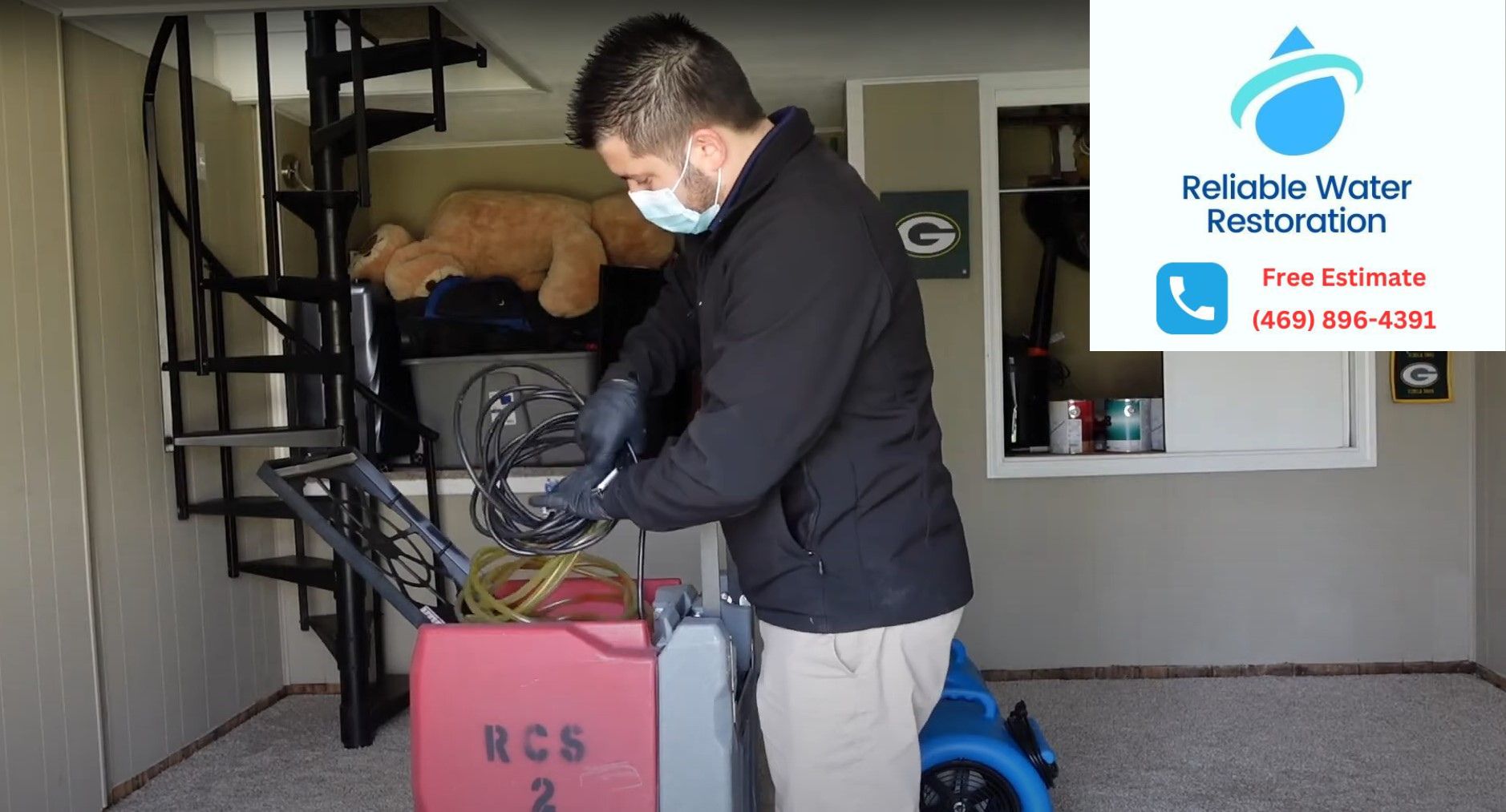Introduction
Flooding can be a catastrophic event, leaving behind significant structural damage and emotional turmoil. It’s not just the walls and floors of your home that suffer; your appliances are also at risk. Salvaging appliances post-flood is a critical aspect of recovery, and understanding the nuances can save you time, money, and heartache. This guide will explore everything you need to know about salvaging appliances after a flood—from immediate actions to long-term considerations.
Salvaging Appliances Post-Flood: What You Need to Know
When floodwaters invade your home, they bring with them debris, contaminants, and moisture that can wreak havoc on your appliances. Knowing how to respond effectively is essential for minimizing damage.
What Can Be Salvaged After a Flood?
In most cases, some appliances can be salvaged depending on the extent of water exposure:
- Refrigerators: If the unit was submerged but still operational, it might be salvageable. Washing Machines: These often withstand water damage better than other appliances. Dryers: Often salvageable if the electrical components are intact. Microwaves & Ovens: These can sometimes be saved with proper cleaning.
How Do You Recover a House from Flooding?
Recovery starts with assessing the situation. Here are key steps:
Safety First: Ensure the area is safe before entering. Turn Off Utilities: Shut off electricity and gas to prevent accidents. Remove Water: Use pumps or buckets to remove standing water. Dry Out Affected Areas: Fans and dehumidifiers are essential here. Document Damage: Take photos for insurance claims.Can a Flooded Home Be Saved?
Yes! Many homes can be restored after flooding; however, it depends on:
- The extent of water damage The type of building materials used The promptness of recovery efforts
How Long Does It Take to Repair After a Flood?
Repair times vary widely based on several factors:
- Severity of damage Size of the affected area Weather conditions (humidity affects drying time)
Generally, repairs can take anywhere from several weeks to months.
How Do You Dry Out Flood Damage?
To dry out flood-damaged areas effectively:
Remove all standing water using pumps or wet vacuums. Use fans and dehumidifiers to circulate air and remove moisture. Open windows if weather permits for ventilation.
Understanding Moisture Levels in Your Home Post-Flood
How Long Does It Take for Walls to Dry Out After a Flood?
Walls can take anywhere from several days to weeks to dry completely, depending on humidity levels and ventilation.
Factors Affecting Drying Time:
- Type of wall material (drywall vs. concrete) Ambient temperature Air circulation
How Long Does Concrete Take to Dry After a Flood?
Concrete typically takes 30 days or more to cure properly under normal conditions but may require more time if saturated during flooding.
Dealing with Contaminated Appliances Post-Flood
What Should Be Replaced After a Flood?
Appliances that have been submerged in contaminated waters should generally be replaced:
- Dishwashers Refrigerators (especially food storage) Electric ovens
Should You Rebuild After a Flood?
Rebuilding decisions depend on various factors:
Extent of damage Insurance coverage Emotional attachmentSeek professional advice before making decisions.
Cleaning Appliances After Water Exposure
How Do You Disinfect a House After a Flood?
Disinfection is crucial:
Use bleach solutions or commercial disinfectants approved for flood recovery. Pay special attention to surfaces that housed food or personal items.Important Note:
Always wear gloves and masks while treating contaminated areas!
What Do You Spray on Walls After Flooding?
After water damage restoration cleaning walls:
Utilize anti-mold sprays. Ensure walls are dried thoroughly before reapplying paint or wallpaper.FAQs about Salvaging Appliances Post-Flood
1. Can clothes be salvaged after a flood?
Yes! Wash clothes in hot water with detergent and disinfectant.
2. How do you get moisture out of walls after flooding?
Use fans and dehumidifiers along with removing any wet insulation material.
3. Does FEMA pay to rebuild?
FEMA provides assistance but does not cover complete rebuilding costs—check eligibility!
4. Is it safe to shower after a flood?
Not immediately! Wait until sanitation checks have confirmed safety for use.
5. Will drywall mold if it gets wet?
Yes, mold can begin growing within 24 hours if drywall remains wet.
6. What do you get rid of after a flood?
Dispose of contaminated items like food, textiles, and electronics exposed to floodwaters.

Conclusion
Recovering from flooding isn't just about drying out your home; it's about making informed decisions regarding your belongings—especially your appliances—to ensure safety and longevity post-recovery efforts.
By understanding what can be salvaged post-flood—and how—you’re better equipped for water damage restoration the colony tx the challenging journey ahead following such an unpredictable disaster as flooding.
Floods might feel like an insurmountable challenge at first glance, but armed with knowledge about salvaging appliances post-flood, you're already one step closer toward restoring normalcy in your life!